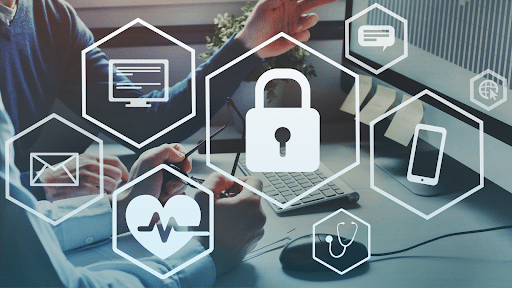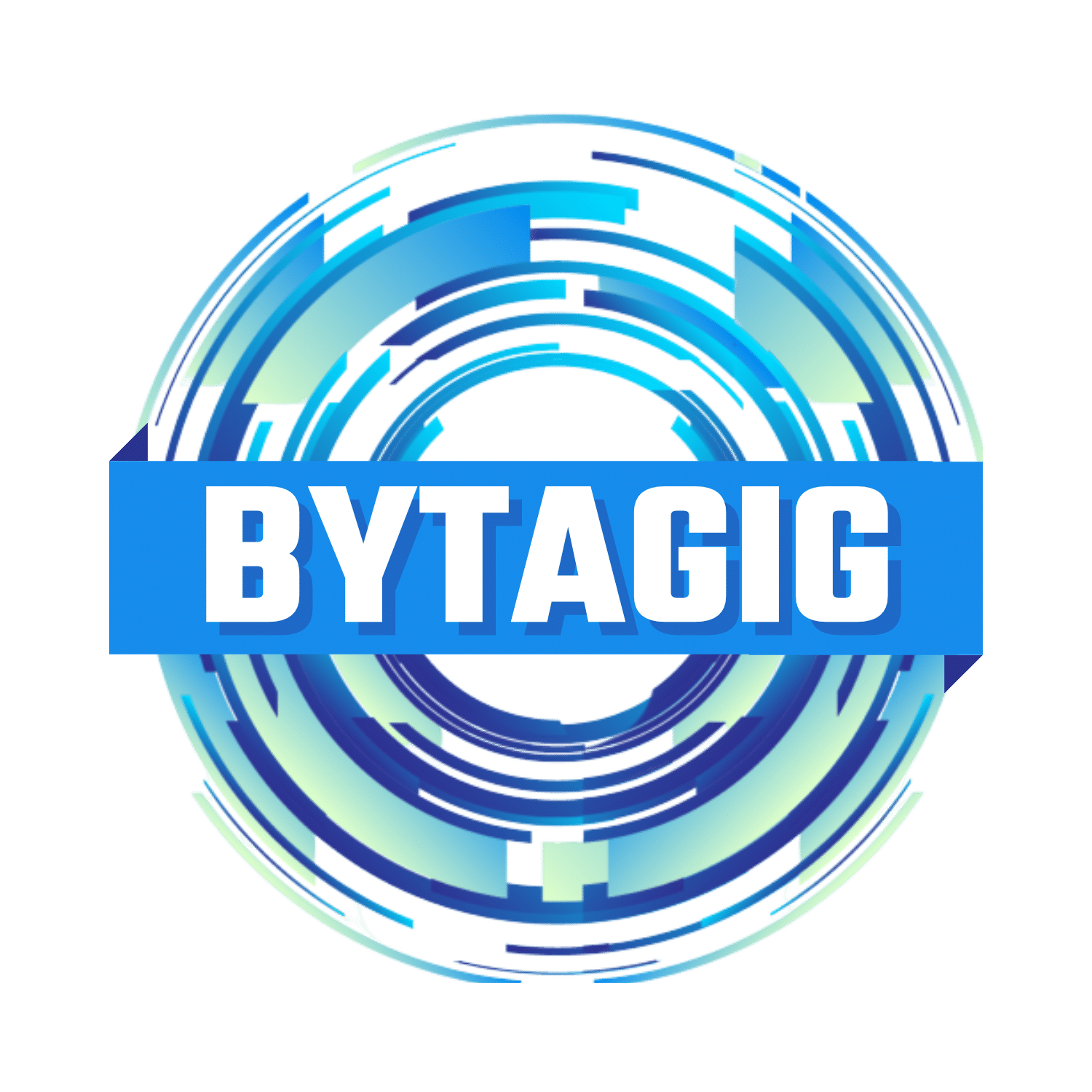
15 May Why Data Encryption Is Non-Negotiable in Modern Healthcare
Healthcare data breaches aren’t just increasing. They’re growing more costly and complex. With the average breach costing 4.88 million and exposing thousands of patient records, healthcare providers can no longer afford to treat data protection as optional.
This isn’t a theoretical risk. It’s a daily reality.
Patient data (including diagnoses, insurance details, and payment information) holds immense value on the black market. If left unprotected, it becomes a prime target for cybercriminals who are constantly looking for weak points in healthcare systems.
In this post, we’ll explore why encryption is one of the most effective tools for safeguarding sensitive healthcare data. We’ll also break down how it works, where it should be implemented, and why it’s essential to both compliance and patient trust.
What Makes Healthcare Data So Vulnerable
Healthcare data isn’t just abundant. It’s deeply personal and incredibly valuable. A single patient record can contain full names, birth dates, Social Security numbers, medical histories, insurance details, and even financial information.
Unlike other types of data, which can be quickly canceled or replaced, this type of information is permanent. Once exposed, it can be used for years in identity theft schemes, insurance fraud, and much more.
At the same time, many healthcare systems still rely on outdated infrastructure, lack consistent access controls, and operate across multiple third-party platforms. These factors create an environment where even a minor vulnerability can lead to a significant breach.
Encryption helps close those gaps by turning sensitive data into unreadable code. Without the right key, even if attackers gain access, the information remains locked and unusable.
How Encryption Protects Patient Data
Encryption works by converting readable data into a scrambled format that can only be deciphered with a specific key. This means that even if an attacker intercepts the data, they cannot make sense of it without proper authorization.
In healthcare, encryption plays a critical role at multiple levels. It protects data in transit, such as when patient records are shared between providers, and data at rest, like stored files on servers or backup systems. Whether it’s a mobile device, a cloud-based system, or an internal database, encryption shields patient information from prying eyes.
This level of protection is not only a smart security practice. It is also a requirement under regulations like HIPAA, which mandates safeguards for electronic protected health information. By making encryption a standard part of their security strategy, healthcare organizations can reduce risk, strengthen compliance, and build trust with those who rely on their care.
Common Gaps in Healthcare Encryption
Many healthcare systems only encrypt data during transmission, such as when information is sent between devices or networks. However, if data is not encrypted while stored on servers, hard drives, or backups, it remains exposed if those systems are ever breached.
Weak or Outdated Encryption Protocols
Some organizations still rely on outdated encryption standards that are no longer considered secure. Without regular updates and reviews, these systems can give a false sense of protection while leaving sensitive data vulnerable to modern threats.
Mobile Devices and Third-Party Risks
Clinicians and staff often access patient data from mobile devices or cloud platforms. If those endpoints lack proper encryption, a lost or stolen device can quickly become a serious breach. Working with third-party vendors who do not meet encryption standards adds another layer of risk.
Why These Gaps Matter
These vulnerabilities are often the result of legacy systems, unclear policies, or budget limitations. Regardless of the cause, the result is the same: unprotected data and increased exposure. Strengthening encryption across every access point is essential to reducing risk and protecting patient trust.
What a Strong Encryption Strategy Looks Like
Effective encryption in healthcare requires more than a patchwork of tools or one-time configurations. It calls for a holistic, organization-wide approach that protects data at every stage of its lifecycle.
Here’s what that looks like in practice:
- End-to-end encryption for both data at rest and data in transit
- Modern encryption algorithms (like AES-256) with regular reviews and updates
- Encrypted backups stored securely offsite or in the cloud
- Role-based access controls that limit who can decrypt and access sensitive information
- Mobile device management (MDM) tools to encrypt data on smartphones, tablets, and laptops
- Third-party risk assessments to confirm vendors meet encryption and compliance standards
- Ongoing training for staff on the importance of encryption and data handling protocols
These measures work together to form a secure, resilient system that is far less vulnerable to exploitation.
Bytagig Can Help You Lock It Down
Healthcare providers face growing pressure to secure their systems without compromising speed, accessibility, or quality of care. That’s where Bytagig comes in.
As a trusted managed service provider, we understand the unique cybersecurity challenges facing today’s healthcare providers. Our team helps you implement and manage robust encryption strategies that align with HIPAA and other regulatory requirements. All without disrupting your daily operations.
Your patients trust you with their most sensitive information. Let us help you keep that trust intact.
Ready to strengthen your encryption strategy? Contact us today to schedule a security consultation.
Share this post:

Sorry, the comment form is closed at this time.